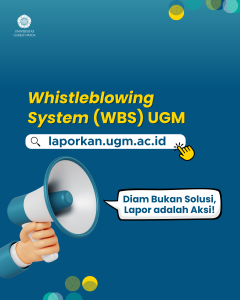On Wednesday, 8 November 2024, third-semester Dental Hygiene students participated in a practicum at the Dental Unit Laboratory, Soetatmi Suryo Building. The practicum focused on assessing risk factors for oral cancer, a crucial aspect of dental hygiene education. The learning objective was to equip students with the skills to simulate oral cancer risk assessments, identify risk and protective factors, and document their findings.
The practicum began with an introduction to the importance of understanding oral cancer risk factors. Students were informed that early detection and risk assessment are essential in preventing oral cancer, which is often linked to lifestyle choices and environmental factors. This session emphasized the role of dental hygienists in educating patients about these risks and promoting better oral health practices.
To assess oral cancer risk factors, students were trained in various methods, including visual examination, palpation of lymph nodes, and health history evaluation. These techniques are essential for identifying potential signs of oral cancer and understanding patients' overall health status. This hands-on experience allowed students to practice these skills in a controlled environment, enhancing their confidence and competence.
One of the key tools used during the practicum was the nomogram questionnaire developed by Chen et al. (2017). This questionnaire serves as a structured approach to evaluating risk factors associated with oral cancer. Students learned how to effectively complete and utilize this questionnaire, ensuring they could collect comprehensive patient data.
During the practicum, students engaged in discussions about various oral cancer risk factors, including tobacco use, alcohol consumption, and HPV infection. They also explored protective factors, such as a balanced diet rich in fruits and vegetables, which can help reduce the risk of oral cancer. This holistic approach to understanding cancer risks is crucial for future dental hygienists.
Documenting assessment results was also a key component of the practicum. Students were taught how to accurately record their findings, which is vital for ongoing patient care and research purposes. Proper documentation not only helps track patient health over time but also contributes to a broader understanding of oral cancer trends in society.
This activity aligns with the Sustainable Development Goals (SDGs), particularly Goal 4: Quality Education. The practicum exemplifies a commitment to providing high-quality education in dental hygiene. By equipping students with the necessary skills and knowledge, educational institutions play a crucial role in building a healthier society.
Through this practicum, students not only gain the technical skills required for their future careers but also develop a deeper understanding of how oral health impacts overall well-being. This practicum represents a significant step toward empowering the next generation of dental hygienists to make informed decisions in their practice and contribute to the fight against oral cancer.
Authors: Sri Pujiatun, Al Haqi Insan Pratama.



